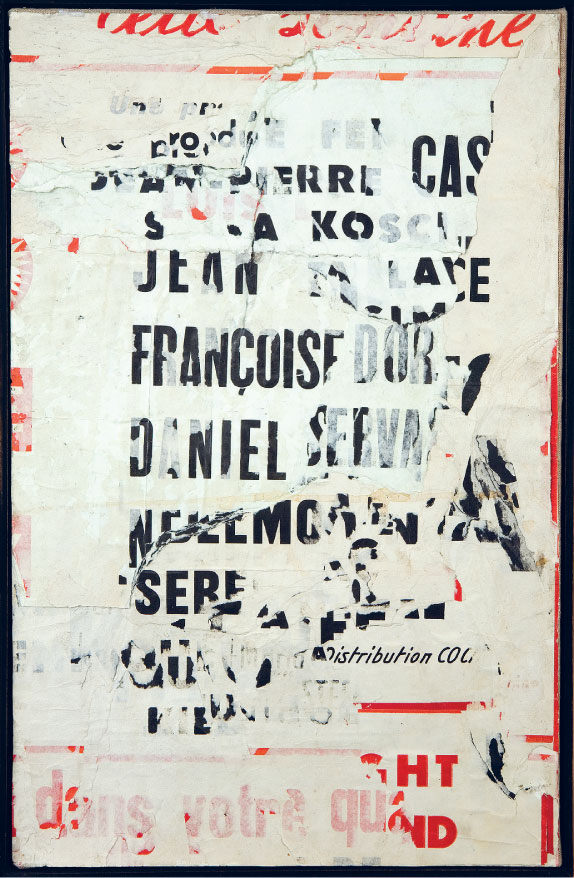Vintage Italian Scooter Sale of the Century
BY MESSYNESSY
APRIL 3, 2018
In the 1960s, the scooter became as much a fashion statement as humble transport. Vespa and Lambretta were the Coco-cola and Pepsi of the Mediterranean and you couldn’t be a fan of both. They had their own magazines, clubs and mod gangs across the continent. Then there was the Moto Guzzi and the futurist Maico Mobil, all of them competing for business in Italy’s post-WWII auto industry boom. Like all things vintage, I have a thing for scooters that look like they were just discovered in an old garage somewhere in Tuscany. Lucky for me, an Austrian collector is about to sell off his incredible collection of vintage scooters at auction. “Decades of scooter history will unwind before our very eyes,” says an auction house representative at the Dorotheum in Austria. The auction kicks off this Friday, April 6th, and starting bids are very tempting, ranging from 50 to 500 Euros. Bidders will be able to snatch up everything from a baby blue Labretta, to the very first Innocenti scooter! Rev your engines folks, Nessy needs a new scooter. Toot toot!

A 1953 Maico Maicomobil MB 175. Opening price €500.
1951 Lambretta 125 C. Opening price €200.
A 1966 Lambretta J125. Opening price €100.
A 1952 Moto Guzzi Galletto. Opening price €200.
A 1959 Cezeta CZ 501 (03). Opening price €200.
A 1958 KTM Mirabell 125 Luxus. Opening price €300.
1962 Cezeta CZ 505 (01). Opening price €200.
1963 Cezeta CZ 505 (01). Opening price €200.
A c. 1952 Ducati Cruiser 175. Opening price €100.
A 1953 Lambretta 125 E. Opening price €200.
A c. 1965 Puch DS50. Opening price €100.
A 1967 Manet Tatran 125. Opening price €100.




















